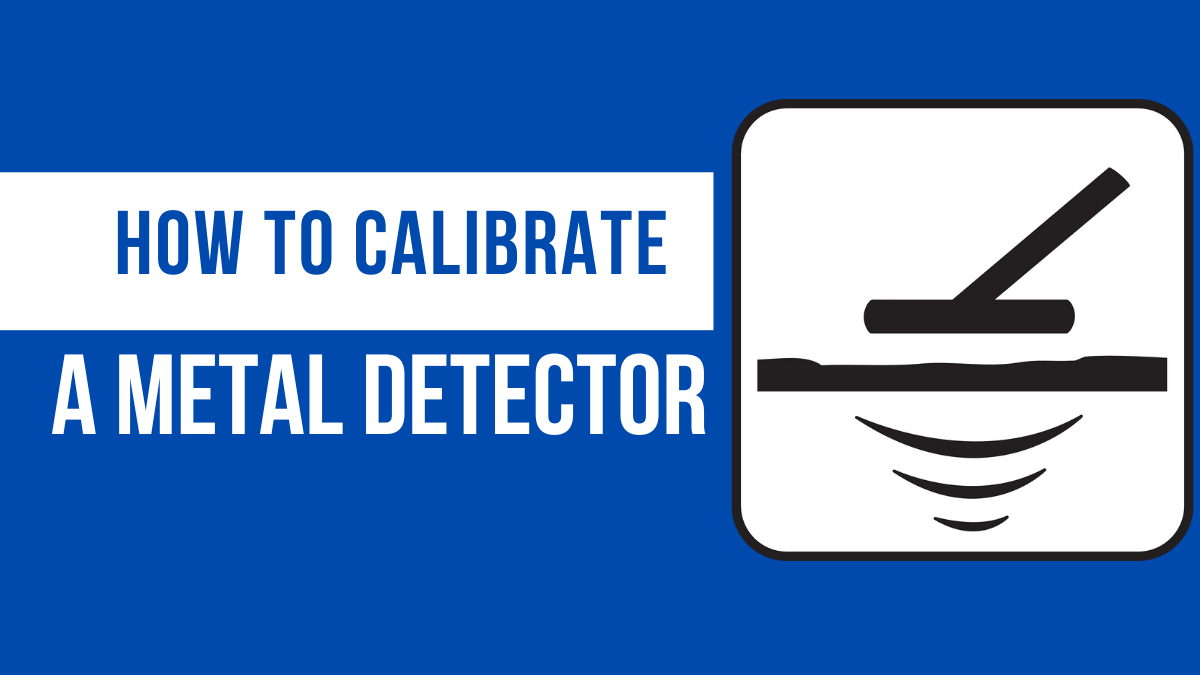Metal detectors are essential devices used in various fields such as security, archaeology, and even in the hobby of treasure hunting. These devices are designed to detect metallic objects underground or hidden behind walls, and they work by emitting an electromagnetic field that interacts with the metallic object, creating a signal that is detected by the metal detector. However, to ensure that the device operates efficiently and detects the intended metallic objects, it must be calibrated.
Why is Calibrate a Metal Detector Important?
Calibrating a metal detector is the process of setting the machine’s sensitivity to detect metals at a specific depth accurately. Calibration is essential because soil conditions, mineralization, and other environmental factors can affect the detector’s sensitivity. The calibration process ensures that the machine is detecting the metals accurately, reducing the number of false alarms and missed targets.
The calibration process is not difficult and can be done by following a few simple steps. Here’s how you can calibrate your metal detector:
Step 1: Find An Area With No Metal Objects
The first step is to find an area with no metal objects. It can be a part of your yard, a public park, or any other place where you know there are no metal objects. This step is essential because if you calibrate the metal detector in an area with metal objects, it will affect the calibration process and result in inaccurate detection.
Step 2: Ground Balance Your Metal Detector
Ground balancing your metal detector is the process of setting the detector’s sensitivity to the soil’s mineralization. Different soils have varying levels of mineralization that can affect the detector’s sensitivity. Ground balancing the detector ensures that it is detecting metals accurately by compensating for the soil’s mineralization. Most metal detectors have an automatic ground balance mode, but you can also set it manually by following the manufacturer’s instructions.
Step 3: Test The Metal Detector Sensitivity
Once you have ground-balanced your detector, it is time to test its sensitivity. The sensitivity of a metal detector determines how deep it can detect metals. To test the sensitivity of your detector, place a metal object on the ground and move the detector’s coil over it. If the detector detects the metal object, you can increase or decrease the sensitivity until the machine no longer detects the metal. Repeat this process with different metal objects of varying sizes to ensure that the machine is detecting all metal objects accurately.
Step 4: Check For Discrimination
Discrimination is the ability of the detector to distinguish between different types of metals. Discrimination is essential because it allows you to avoid digging up unwanted metals such as aluminum foil or bottle caps. Most detectors have a discrimination mode that you can set according to your preferences. To test the discrimination of your detector, place different metal objects on the ground and run the detector’s coil over them. If the detector ignores unwanted metals and only detects the target metal, the discrimination is working correctly.
Step 5: Check The Depth Of Detection
The depth of detection is the maximum depth at which the detector can detect metals. To test the depth of detection, bury a metal object at a specific depth and run the detector’s coil over it. If the detector can detect the metal at the desired depth, it is working correctly. Repeat this process with different depths to ensure that the detector is detecting metals accurately at all depths.
Conclusion
Calibrating a metal detector is an essential process that ensures that the device operates efficiently and detects the intended metallic objects. The calibration process involves selecting a calibration object, setting the machine to the factory default settings, passing the metal detector over the calibration object to adjust the sensitivity, and testing the metal detector in the field. By following these steps, metal detector users can ensure that their device is operating correctly and that they can accurately detect metallic objects.
Essential Gold Prospecting Equipment check here:

